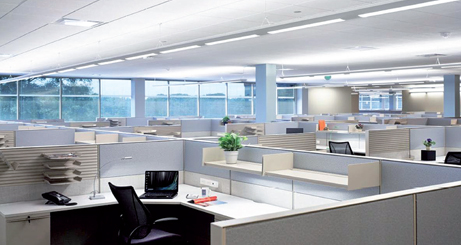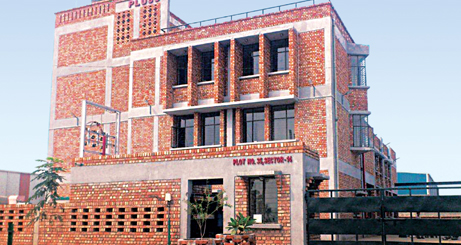Introduction
Indoor Air Quality (IAQ) is an important parameter that determines the functioning of a building. Proper IAQ provides comfortable and healthy working conditions to building occupants. In addition, it creates a positive impression on customers and visitors to the building. IAQ directly affects occupant health, comfort and productivity. Serious health impacts resulting from poor IAQ include Legionnaires’ disease, lung cancer from radon exposure and carbon monoxide (CO) poisoning. Other health impacts include increased allergy and asthma from exposure to indoor pollutants and sick building syndrome due to elevated indoor pollutant levels. Achieving good IAQ involves proper system design, building pressure control, filtration and treatment of air for pollution control and controlling the temperature and humidity of air to ensure the required comfort levels.
Particulate, Chemical and Biological Pollution Control
Indoor pollutants can be broadly classified as particulate and chemical pollutants. Particulate pollutants are introduced through construction activity and unfiltered outside air intake. Chemical pollutants are usually released by building materials,
paints, furnishings and materials brought into the building dur¬ing its operation.
Pollution control in buildings can be achieved by reducing emissions at source and by filtering and air cleaning. Source control typically includes filtering all outside air taken into the building and using paints and other cleaning products with low Volatile Organic Compound (VOC) content.
Particulate Pollutants and Filtration
Particulate content can be reduced to a large extent by maintaining a positive building pressure to reduce intake of unfiltered outside air to the building. Positive building pressure is typically achieved by balancing the total outdoor air intake with the total exhaust and envelope leakage air rates. However, in a large building, the building pressure is dependent on various factors such as building size and orientation, wind load and building usage. In such cases, proper HVAC system design and control plays a key role in ensuring reduced infiltration.
The fresh air taken into the building needs to be filtered before being supplied to the occupied space.



Leave a Reply
Your email address will not be published. Required fields are marked *